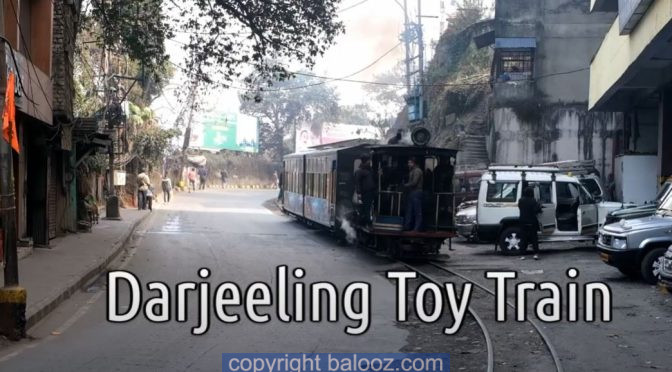Varanasi, one of the oldest continuously inhabited cities in the world, is a place where spirituality, culture, and history blend seamlessly. Situated on the banks of the sacred river Ganges, Varanasi, also known as Kashi or Benares, is a city of immense importance in Hinduism and attracts visitors from all over the world.
Watch the film in English or French Below, Enjoy
Here’s a short synopsis of the main things to see and do in Varanasi. Ganges River Ghats: The ghats, or steps leading down to the river, are the heart of Varanasi. There are around 84 ghats along the river, each with its own significance. Dashashwamedh Ghat is one of the oldest and most vibrant, known for its evening Ganga Aarti ceremony, while Manikarnika Ghat is the main cremation ghat. Boat Ride on the Ganges: A boat ride along the Ganges River offers a unique perspective of the city. It allows you to see the ghats from the water and witness the daily activities of the locals, as well as the evening Ganga Aarti ceremony from the river. Ganga Aarti: Witnessing the Ganga Aarti ceremony is a must-do experience in Varanasi. The ceremony takes place every evening at Dashashwamedh Ghat and is a beautiful ritual where priests perform prayers with fire and incense, accompanied by chanting and ringing bells. Culinary Delights: Varanasi is a food lover’s paradise, with its wide range of street food and traditional dishes. Don’t miss trying the local specialties like chaat, kachori sabzi, and malaiyyo, a winter delicacy. Sarnath: Just a short drive from Varanasi, Sarnath is where Buddha gave his first sermon after attaining enlightenment. The site is home to several ancient Buddhist monuments and is a pilgrimage site for Buddhists from around the world. Silk Weaving Centers: Varanasi is famous for its Banarasi silk sarees, known for their intricate designs and rich colors. Visiting a silk weaving center gives you a glimpse into the artistry behind these beautiful sarees. Local Markets: The bustling markets of Varanasi are a treasure trove of traditional handicrafts, jewelry, and fabrics. Explore the narrow lanes of the old city to find unique souvenirs and immerse yourself in the local culture. Ramnagar Fort: Situated on the eastern bank of the Ganges River, Ramnagar Fort is a beautiful example of Mughal architecture. The fort houses a museum that displays vintage cars, royal costumes, and other artifacts. Banaras Hindu University (BHU): Founded by Pandit Madan Mohan Malaviya, BHU is one of the largest residential universities in Asia. The campus is home to several museums and the Bharat Kala Bhavan, which houses a vast collection of artifacts. Varanasi is a city that overwhelms the senses with its spirituality, history, and culture. It’s a place where life and death are intertwined, and every corner has a story to tell. A visit to Varanasi is a journey into the heart of India’s spiritual and cultural heritage, an experience that will stay with you long after you leave.


